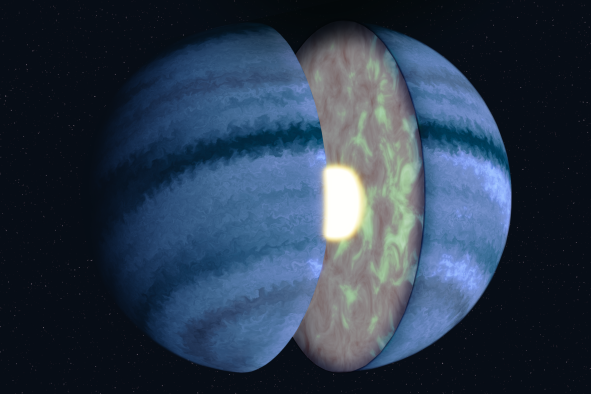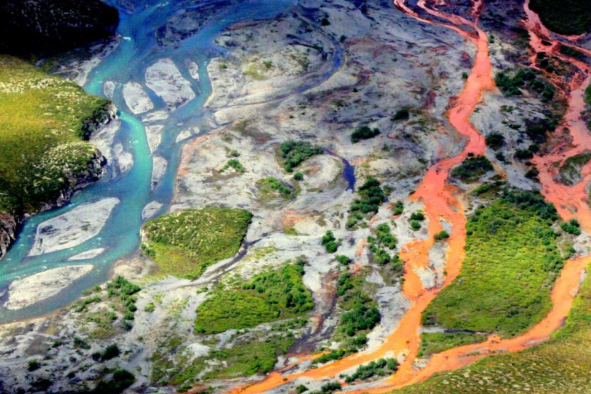A "surprising link" discovered by scientists has solved an ancient mystery about California's seafloor and could help the development of offshore wind farms.
Researchers looked at the Sur Pockmark Field—which has 5,200 of these circular depressions—off the coast of Big Sur. Previously, it was thought that methane gas eruptions maintained these formations, but study authors from the Monterey Bay Aquarium Research Institute (MBARI), the United States Geological Survey and Stanford University found they are actually maintained by sediment flows.
This research, published in the Journal of Geophysical Research: Earth Surface, was largely looking to assess this area of seafloor for suitably for offshore wind farms. Officials in charge of planning wind farms off the coast of California were concerned that methane gas might make the seafloor too unstable for wind turbines. But no methane gas was detected at the Sur Pockmark Field.
"Expanding renewable energy is critical to achieving the dramatic cuts in carbon dioxide emissions needed to prevent further irreversible climate change. However, there are still many unanswered questions about the possible environmental impacts of offshore wind energy development," MBARI President and CEO Chris Scholin said in a statement.
"This research is one of many ways that MBARI researchers are answering fundamental questions about our ocean to help inform decisions about how we use marine resources."
Plans for offshore wind turbines in the area were announced in 2018 by the U.S. Bureau of Ocean Energy Management. However, before work can go ahead, survey research was needed to be done to determine whether the seafloor is suitable to build on. This research has meant the state is a step closer to integrating this renewable energy source.
Underwater robots were used to map the region and collect samples. Researchers then assessed the data and samples to learn more about the field's history.
They found several layers of sandy deposits in the sample which suggested that sediment flows have been present in the area for at least 280,000 years. The researchers hypothesize that these flows caused erosion within the pockmark, which preserved them so that they are still visible today.
"We collected a massive amount of data, allowing us to make a surprising link between pockmarks and sediment gravity flows. We were unable to determine exactly how these pockmarks were initially formed, but with MBARI's advanced underwater technology, we've gained new insight into how and why these features have persisted on the seafloor for hundreds of thousands of years," MBARI senior research technician Eve Lundsten, who led the study, said in a statement.
"There are many unanswered questions about the seafloor and its processes," Lundsten added. "This research provides important data about the seafloor for resource managers and others considering potential offshore sites for underwater infrastructure to guide their decision-making."
Do you have a tip on a science story that Newsweek should be covering? Do you have a question about pockmarks? Let us know via science@newsweek.com.
Disclaimer: The copyright of this article belongs to the original author. Reposting this article is solely for the purpose of information dissemination and does not constitute any investment advice. If there is any infringement, please contact us immediately. We will make corrections or deletions as necessary. Thank you.



